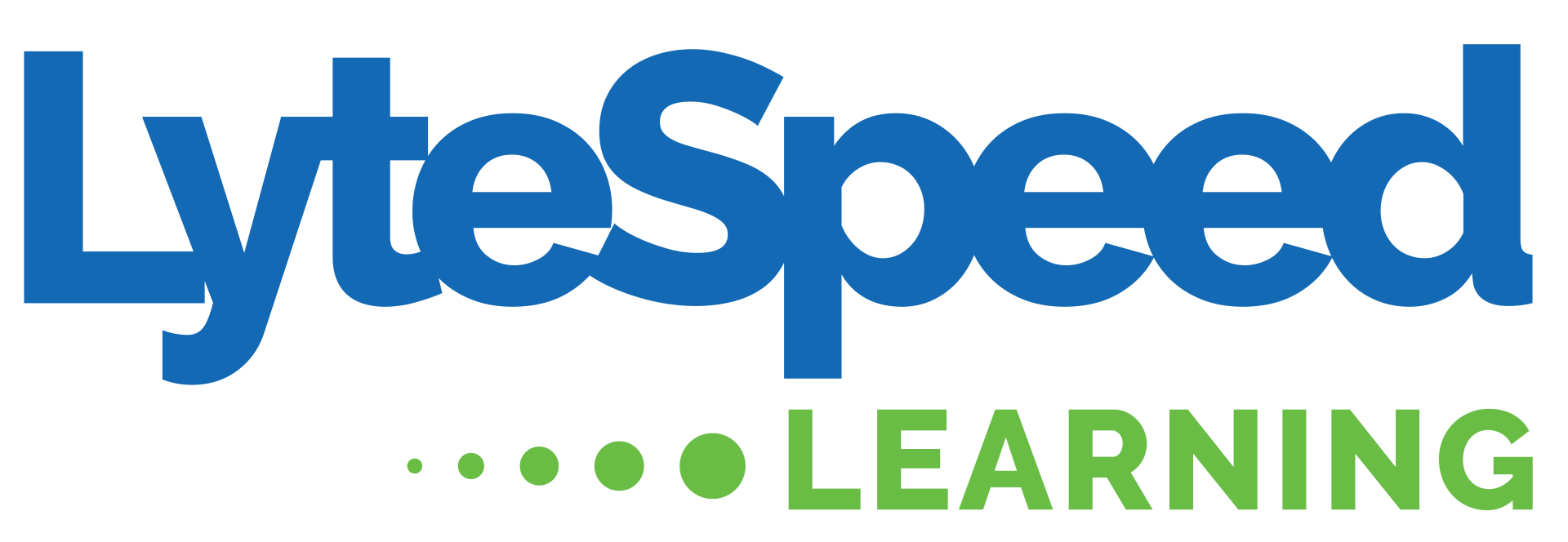Homeowners insurance policies are designed to protect property owners from loss of their most valuable asset.
But most policyholders have never read the fine print. Many assume that “comprehensive coverage” means complete protection, when in reality, homeowners insurance has clear exclusions that can leave major gaps in coverage.
For insurance agents, these gaps represent opportunities to educate, build trust, and strengthen client relationships. By helping homeowners understand what their policy doesn’t cover – and providing solutions for those exposures – you demonstrate expertise and create natural opportunities for policy expansion and long-term retention.
1. Earthquake Damage
California is one of the most seismically active regions in the country, yet standard homeowners policies exclude earthquake damage entirely. Most residents assume coverage applies simply because their home is in an earthquake-prone area.
Agents can use this misunderstanding to start important conversations about earthquake insurance or the California Earthquake Authority (CEA). Offering clear, data-driven examples of how quake losses are handled under standard versus supplemental coverage helps homeowners make informed decisions before the next major event.
Listen to our latest podcast episode with more information about this type of insurance:
2. Flooding and Mudflow
After wildfires or heavy rainfall, flooding and mudflow become serious threats throughout California. Yet standard homeowners insurance excludes flood-related damage. Coverage for flooding, mudflow, and mudslide must be written through the National Flood Insurance Program (NFIP) or private flood markets.
Many property owners think “flood” means a burst pipe or roof leak, which is covered, which is why they do not typically think much about other forms of flooding – flooding that is more common after our extended droughts.
Explaining the difference between internal water damage and external flood damage helps clarify this often misunderstood exclusion.
For agents, flood coverage is both a protection and a retention tool. Clients who experience water-related damage without flood coverage rarely forget the agent who didn’t explain the difference.
3. Gradual Wear, Maintenance, and Neglect
Homeowners policies cover sudden and accidental damage – not deterioration that happens over time. Roof leaks, foundation cracks, mold, or dry rot caused by long-term wear are all considered maintenance issues, not insurable losses.
This is another common misunderstanding that can create tension after a claim denial. By explaining these limitations early, agents can help clients understand the difference between preventable maintenance and covered perils.
This conversation naturally opens the door to service-oriented follow-ups, such as recommending regular home inspections, reviewing roof age, or discussing home warranty products that supplement traditional coverage. It’s also a great way to build relationships with local companies, sharing referrals and helping each other grow.
4. Sewer or Drain Backup
Sewer and drain backups are one of the most frequent and costly claim denials nationwide. They are excluded from base homeowners policies but can often be added through a small endorsement – usually for less than the cost of a dinner out.
This is a clear opportunity for agents to demonstrate value. By adding backup coverage, you protect the homeowner from significant loss while showing attention to detail. It’s also an easy cross-sell that strengthens both your relationship and your policy’s overall protection.
5. Home-Based Business Operations
Many homeowners operate small or part-time businesses from their homes without realizing their homeowners insurance excludes business property and liability. This includes both inventory and client interactions. If a client trips while visiting their home office, the claim can be denied.
This exclusion is a significant opportunity for agents. By asking simple questions about side businesses, freelance work, or home-based operations, you can identify the need for a home business endorsement, inland marine coverage, or even a commercial general liability policy. These are often overlooked exposures that can lead to new policies and stronger portfolio diversification.
Turning Exclusions Into Education
For most homeowners, coverage exclusions only become real after a denied claim. By addressing these gaps before the loss occurs, agents position themselves as trusted advisors rather than salespeople.
Each of these exclusions – earthquake, flood, maintenance, sewer backup, and business use – represents a specific risk that most homeowners have never discussed in detail. Educating clients about these issues not only improves their protection but also reinforces your role as an expert who understands California’s unique insurance environment.
The more informed your clients are, the more likely they are to see the value of your guidance. And in an increasingly competitive market, that trust and transparency are what set top agents apart.



